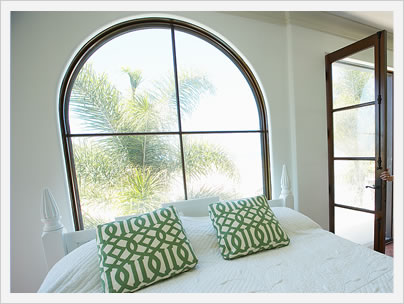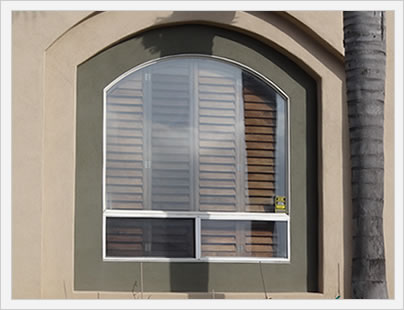Basics Behind U-Factor
U Factor is a measure of the amount of heat loss from a window that ranges anywhere from 0.15 to 1.20. The lower the number, the less heat escapes through the window and therefore the more energy efficient the unit. U factor, often referred to as U-value, is one of the main performance numbers for consumers to look at when buying replacement windows for your home. Other important measures include SHGC, air infiltration and design pressure rating.


